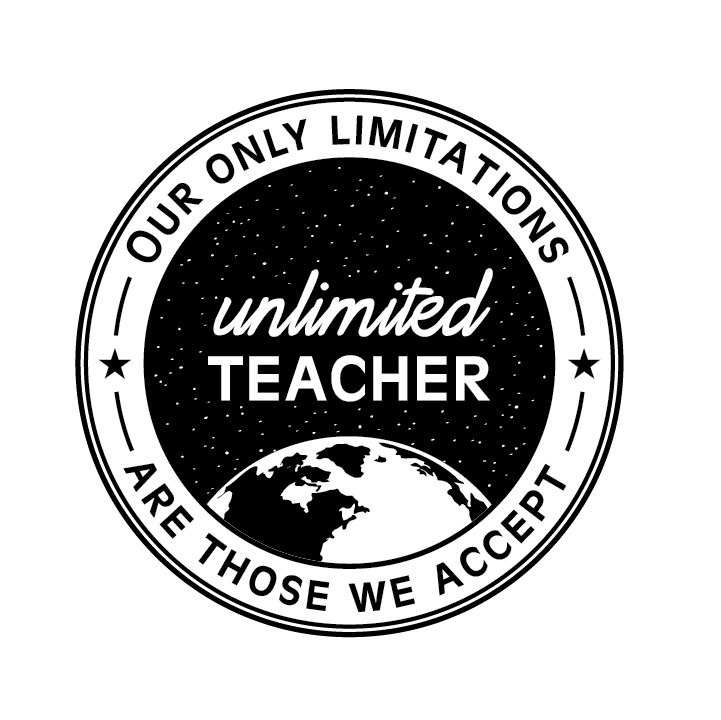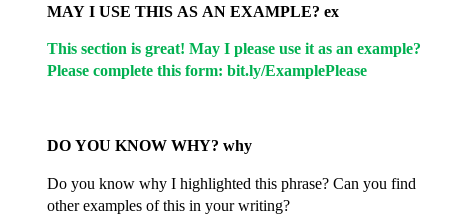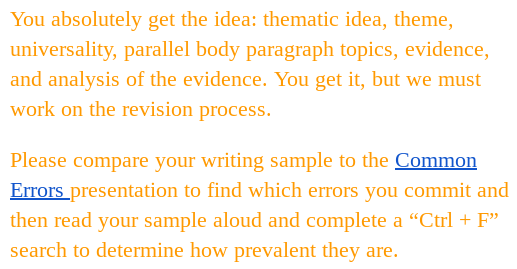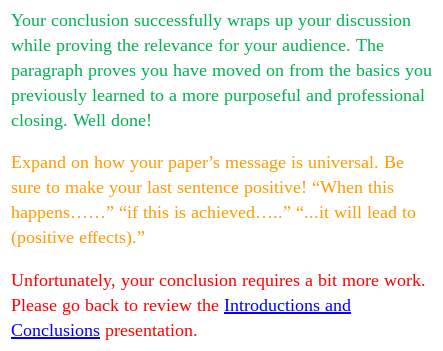Increase Efficiency: A Tip for Anyone from a Pro-Time Educator
I believe in efficiency. I believe saving some time will help us avoid burn-out. I believe alleviating frustration leaves time for more productive thoughts and emotions.
A few years ago, I followed the lead of my credential program instructor and stopped making copies. I’m Pro-time, you see, which means I’m also anti-copier. I used to peek into the copy room, assess the line, and do whatever superstitious rituals I could to keep those machines operating long enough to get through my print job. We used to joke about putting a webcam in there so teachers could make a more informed decision: to copy or not to copy? When in line, we would assess the situation: how many copies do you need to make? Double-sided? We’d watch the clock, do some copier:time math, and then… jam.
I’m an English teacher and love working on paper, so to be clear, I’m not paperless, I’m copier-less. It costs me less than $40 of off-brand toner each school year to avoid the copier chaos. I'll gladly pay to increase my efficiency. I get more time to think, meet with students, say good morning to my fellow teachers, complete important tasks, and relax before the bell.
Escaping the copy room helps, but this tip is entirely different, free, and saves valuable time whenever I type. After hearing about it from my teacher-friend, George Porter, I shared it with some colleagues. The return email from my anti-copier instructor was one-sentence long: You have changed my life!
ProKeys makes it possible for you to create your own hotkeys. Thank you, whatis.com, for this definition:
For those of us who are still dabbling in tech, it means I can set up a combination to avoid typing a ton. Want an example? As a professional development instructor, when someone begins the course, I have to provide information to each person in Gallery 1. Knowing I'd have to type the same words for 100+ educators every summer, I began to copy/paste from a document where I saved those instructions. An improvement, sure. But now, I can type four keys (g + 1 + Shift + Spacebar) and get this:
An added bonus: by using ProKeys, the text now matches the formatting so it does not look like I used the copy/paste shortcut.
Why would this save so much time as to change a veteran teacher’s life?
When I moved from handwritten comments on paper essays to providing feedback as comments on a document, I did create my own Compliments and Suggestions document (click here to download!) to copy/paste my repeated phrases. You may wonder: why repeat the same phrases if you're supposed to be giving individualized feedback to individual students? A good question; I do. But since we have focused on specific skills and use specific language when discussing those skills, my feedback became repetitive fast.
By moving to ProKeys from my copy/paste feedback document, I save time and frustration (and writing teachers know how much better life is when we don’t grade while frustrated; students appreciate it, too!).
This way, I can provide feedback faster leaving time to still provide tailored, specific comments to my students. Because the process is faster, students get their feedback faster which means more time for writing practice using that information.
So how many steps does this take and how tech-savvy do you need to be? Very few steps and not tech-savvy at all.
Robert Allen, awesome teacher and former Technology TOSA, created this tutorial to help teachers like us set up our own ProKeys to make our lives more efficient.
If you like the concept but don't want to spend the time setting up each individual snippet, good news! Click here to have all of my snippets to import into ProKeys and save it as a back up file just in case! There's also a bundle of both materials for a discount here.
Robert also shows you Alice Keeler’s Drive20 which speeds things up even more.
I created a code for each topic (th = thesis, ts = topic sentence, etc.) and then added a corresponding number to give the right feedback for that particular topic (th1, th2, th3). The colors make it easier for me as I’m a visual learner. Green is great (1), yellow needs some minor improvement (2), red needs some real revision (3). This is ProKey-provided shorthand which becomes longhand for students. It makes my feedback writing station more effective. (To see more about writing stations, please see this previous post, The Solution to 90% of our Writing Concerns.)
Embedded in many of my comments are the hyperlinks to my support materials for the particular skill. Students now receive their feedback and have immediate access to the lessons and examples for this writing component. I also have one comment with a hyperlink to a Google Form so I can easily collect student samples to improve my writing instruction.
You may notice I use questions rather than statements. Students say they ultimately prefer this since the questions require them to not only read my comments, but read their own writing, and then determine the issue. The questions are pushing them to finally and actually use the feedback. Put another way: students are learning how to identify their own errors and improve their own writing. Soon students won't have a teacher doing the heavy lifting for them, so it's imperative we make them practice this particular skill of self-editing. If it's as easy as moving to socratic-style commenting, why would we limit their learning?
I have made ProKeys “snippets” for other things, too, like my email closings. They are helpful, but the biggest impact will come from my ProKeys essay feedback.
And don’t forget…
So you know… The Ultimate TQE Course launches in just a couple weeks! In it, I’ll share how TQE can be the foundation for everything meaningful, fun, and efficient — and I mean everything: reading, writing, inquiry, discussion, collbaoration, feedback, creating, exploring, "grading," everything.
I’m SO excited to share all of it with all of you! Click here and you’ll get the information first.







